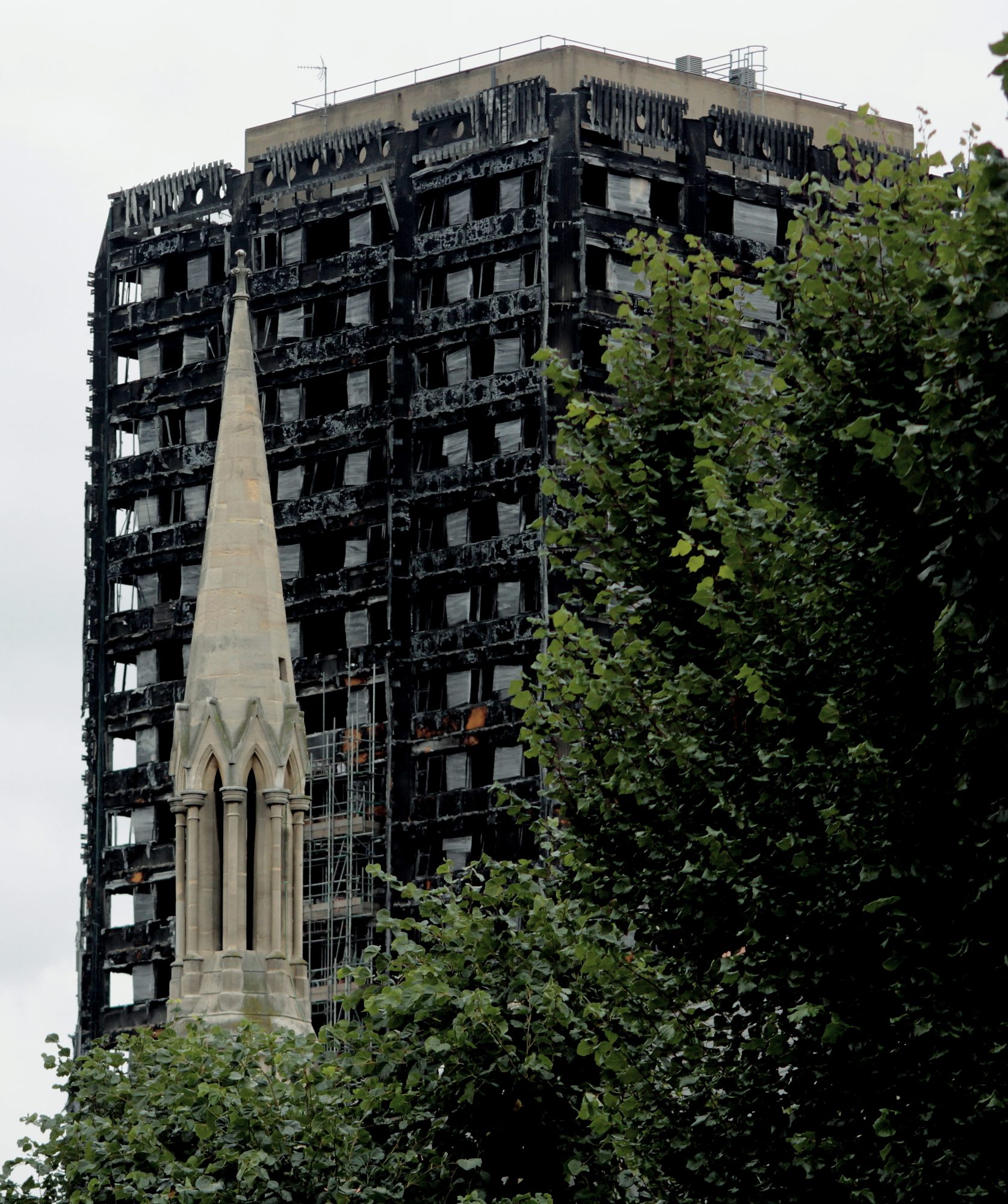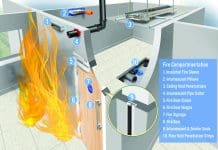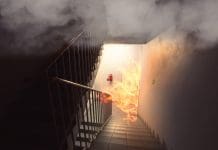A CIAT briefing has been published, outlining recommendations for best practices for professionals in architectural technology following the Grenfell inquiry
CIAT has reviewed the Grenfell inquiry’s phase 2 report and has published the CIAT briefing providing recommendations for those working in architectural technology.
The briefing is designed as a first foray into an evolving area, and is intended to be updated as regulations and recommendations change.
The Grenfell tower inquiry highlighted failings throughout the chain
The Grenfell inquiry highlighted failures within governance, regulatory compliance, procurement processes and project delivery in relation to refurbishment, ongoing maintenance, emergency preparedness, and decisions made during the incident.
The phase 2 of the report investigated these systematic failures that lead to the blaze, and settled on 58 recommendations across the chain.
The CIAT briefing analyses these recommendations to determine separate recommendations for professionals in architectural technology, based on changes in the upstream and downstream that the Phase 2 recommendations are likely to cause.
The CIAT briefing also says that professional duties must be adhered to
The report states: “…It seems highly probable that further changes will follow the Phase 2 Report, likely delivered through a strengthening of the Building Safety Regulator. The Labour Government has already committed to reviewing the Report’s recommendations in detail and has strongly indicated that it anticipates acting on many of the recommendations, with a commitment to a “generational shift” in building safety, and annual updates to Parliament on progress against the report’s recommendations.
“In summary, further changes in areas such as the regulatory landscape, oversight of materials, and processes for ensuring buildings meet requirements are to be expected. Design professionals should prepare themselves for these changes, and even when new regulations take time to come into effect, should work to the highest achievable, rather than the lowest permissible standards, and should avoid engaging in a race to the bottom.
“However, CIAT does not believe that these changes will significantly alter the fundamental fact – already well understood by Chartered Architectural Technologists – that all those involved in the design and development of any building must take responsibility for ensuring that their own work is safe and of a high standard, and take reasonable steps to assure themselves that this work, in combination with the work of colleagues and contractors, will result in a building which meets the same thresholds.
“This includes ensuring that appropriate records are maintained for all projects, including a “Golden Thread” of information relating to the design and realisation of HRBs as required by the Building Safety Act (2022). Chartered Architectural Technologists are also expected to uphold the professional standards and responsibilities detailed in CIAT’s Code of
Conduct and Professional Standards Framework.
“Additional responsibilities are associated with the role of Principal Designer under the Building Regulations.11 Architectural Technology professionals seeking to take on that role should ensure they have the appropriate skills, knowledge, experience and behaviours.”
The CIAT briefing can be read here.






![[Video] Enhancing safety with fire doors: A case study of Marina Care Home](https://www.pbctoday.co.uk/news/wp-content/uploads/2025/06/maxresdefault-218x150.jpg)





![[VIDEO] Making DorTrak reports easy to read with Fireco Inspecting fire doors at Fireco, firedoor technology, 2023](https://www.pbctoday.co.uk/news/wp-content/uploads/2024/04/JPZ_2364-web-218x150.jpg)

